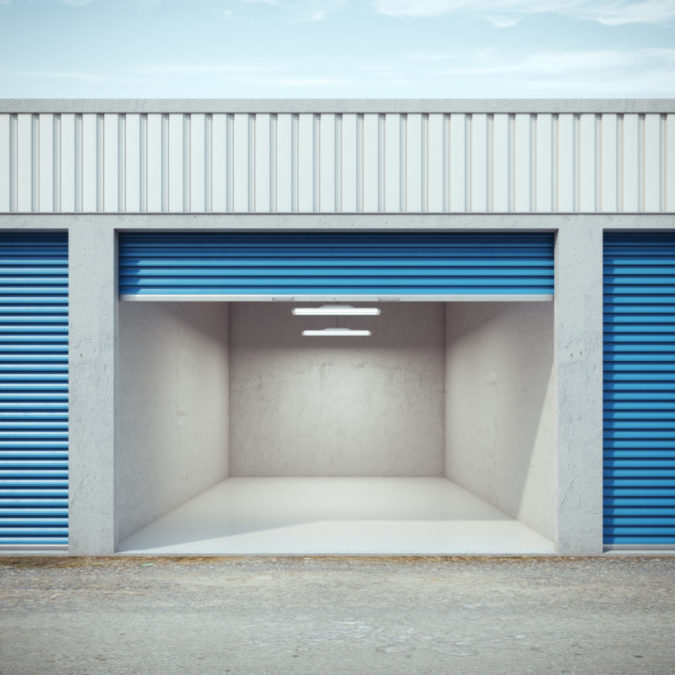Are you running out of storage space in your home? Have you tried to make room only to find that the things you have are too precious to throw away? Long term storage might be the answer to your problem!
If you’re looking for a way to keep hold of the things you cherish but don’t need at the moment, there are plenty of storage unit companies that would be able to help. All you have to do is find the right facility for you and put your items in it.
However, you also want to make sure that your belongings stay in good condition while you store them. To do that, you have to prepare and pack them with great care and attention to detail.
Here are our tips and tricks for preparing your stuff for storage.
How to Prepare for Long Term Storage
In general, when you are preparing your things for storage, there are a few things that you’ll want to do.
First, you want to make sure you’re organizing them as you pack. When you pack things in a systematic and practical way, you can find and access anything you might need later on quickly and easily.
You’ll also need to protect your things from dust, moisture, dirt, and any damage that might occur while in storage.
When you’re packing, ensure that your things are clean and dry before you put them away in long-term storage. Take apart any larger items and use high-quality packing materials. When you’re putting your things away for a while, you’ll want to make sure there’s enough padding and that the boxes are full and sealed tightly.
Keep in mind that everything you pack will have different requirements when you prepare it for storage. Take into account each one of your items’ individual needs before you finish.
Preparing Furniture
When you’re preparing furniture for long-term storage, you’ll want to empty it out first, if that applies. Then vacuum it out with a brush to remove any excess dirt.
Clean all of the surfaces with a gentle soap and water solution an let it dry out fully in the sunlight if you can.
Then, with soft furniture, like a cloth-covered couch, spray it with furniture protection spray. If you have leather furniture, use a leather conditioner.
You can protect any wood finishes by sealing the wood and reducing the risk of developing mold with a coat of wax. Also, wipe down any of the metal elements with oil to avoid tarnishing and rusting.
If you have large furniture, disassemble it as much as possible. Anything small and protruding should be protected with bubble wrap or cloth. Pack up pieces that go together in one place and carefully include all of the hardware parts in a bag. Then tape those bags to the furniture to prevent them from getting lost or mixed up.
Cover the furniture with sheets and blankets or any specialized furniture fabric covers. This is especially important for long-term storage. Sucre the blankets in place with plastic wrap, rubber bands, or straps.
Don’t put plastic wrap directly on wood or leather, as it will trap moisture and heat and cause things to warp and mold. Prolonged exposure to plastic can ruin the paint and cause staining.
Cover your upholstered furniture with white cotton sheets. Dark sheets can bleed into stored items if there is a shift in humidity.
Preparing Appliances
Before you start to prepare your appliances for long-term storage, you’ll need to empty them out and clean them very thoroughly. Defrost your freezers and refrigerators first. When you’re cleaning, add bleach or baking soda to the cleaning solution to disinfect and remove any foul odors.
Completely drain the water and detach any hoses and internal mechanisms you can. This is especially important for dishwashers and washing machines. If you don’t do this, water can freeze and damage the appliance during the colder months, and cause mildew during the warmer ones.
You’ll also need to tie down and secure any cables or hoses that are attached. Store the removed hoses and attachments inside the appliance so they don’t get lost.
It’s a good rule of thumb to leave the doors of your appliances open a little while they’re in long-term storage. This allows for proper ventilation and prevents condensation and bad smells.
Preparing Electronics
Before leaving any electronics in storage, you’ll want to make sure that they’re completely dust or dirt free. If you still have the original packaging for them, it’s best to store electronics in there. Otherwise, a similarly sized box will work.
Seal those boxes up tight and make sure that you place these boxes somewhere inside of your storage unit that moisture will not get to them.
Preparing Clothes
When you’re storing clothing, do not fold them up and stick them in boxes. It’s much better to hang them on a rail to keep them wrinkle free and ensure that they get enough ventilation to prevent mold. For anything precious and expensive, consider wrapping them in a protective cover to keep them fresh all the time.
Store hanging clothes in wardrobe boxes. They provide the best protection against dust and dampness and are designed to keep your clothes clean and safe while in storage.
Consider using insect repellent products like naphthalene or mothballs to keep your clothes free from bugs.
Preparing Mattresses
Inspect your mattresses carefully to make sure there are no infestations. Make sure they’re clean and dry and place them in direct sunlight for a few hours to ensure there’s no moisture there.
Then, place the mattress in a specialized storage back that fits it properly. Seal the ends with plastic packing tape.
When you’re storing duvets, linens, and bedding items, use vacuum bags to save space in your storage unit.
That’s How to Pack Items for Long Term Storage
When you’re putting things away in long-term storage, you’ll want to ensure you’re careful. Make a detailed inventory of what is in the storage unit and organize your belongings however you will find them the easiest. Save this list as proof for any insurance claims you might need to file.
Pack like items together in boxes so they don’t get damp, dusty, or damaged. Put light items on top of heavy ones and don’t go light on the packing materials to keep your things safe!
As long as you follow these rules for packing your items for long-term storage, you’ll ensure that your valuable items are safe and sound. For more information on long-term storage solutions, explore our blog!


